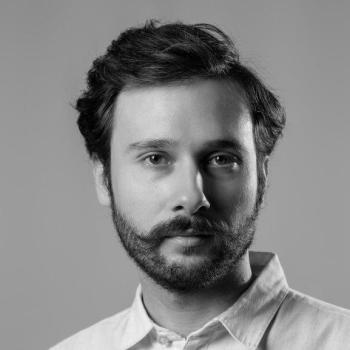What can we learn about poly-drug use among frequent cannabis users? results from the European Web Survey on Drugs
Background. Cannabis is (re) acquiring a place in the Western pharmacopoeia. It is considered as less harmful and with a lower dependence potential than most psychoactive substances. Cannabis use is therefore likely to attract specific sub-populations among other regular users of substances, because of potential interactions between cannabis and other substances in terms of motives to use and perceived effects. We therefore aimed at identifying correlates of regular cannabis use among the largest European sample of substance users.
Methods. We analyzed data from the European Web Survey on Drugs (2021, 30 countries). The online survey targeted substance users. We ran logistic regression models with random-effects for countries to identify factors associated with using daily or near-daily (DND) cannabis use controlling for decriminalization policies. We performed a hierarchical cluster analysis among those factors which are significant to identify six clusters of DND cannabis users.
Results. The final study sample comprised 29384 last-year cannabis users, 70% male, with a median age of 26. Most (70%) of the study sample used cannabis in the previous month. DND cannabis use was associated with male gender, older age, lower education, being employed, lower income and living in a village (vs. a city) and not living with one’s parents. Despite being less likely to have been in treatment for substance use, DND cannabis users were more likely to have used amphetamine, cocaine, MDMA, LSD, mushrooms and tobacco and less likely to have used alcohol, heroin and GHB in the previous 30 days. Living in a country where cannabis use is decriminalized was also associated with DND cannabis use. The clusters involved in polydrug use are more likely to use cannabis for medical purposes, to smoke more than 5 joints per day and to have been in treatment for substances use. Nevertheless, the most educated cluster which is not involved in poly-drug use is the most likely to have obtain a medical prescription.
Conclusion. Among European substance users, DND cannabis use is common and associated with socio-demographic characteristics as well as specific substance use patterns. The use of cannabis through the healthcare system seems to be more associated with the educational level of consumers rather than the actual medical needs. Further studies are needed to explore the psycho-eco-behavioral mechanisms involved in patterns of polydrug use as well as the associated risks. Finally, the role of local drug policy in polydrug use remains to be explored.
